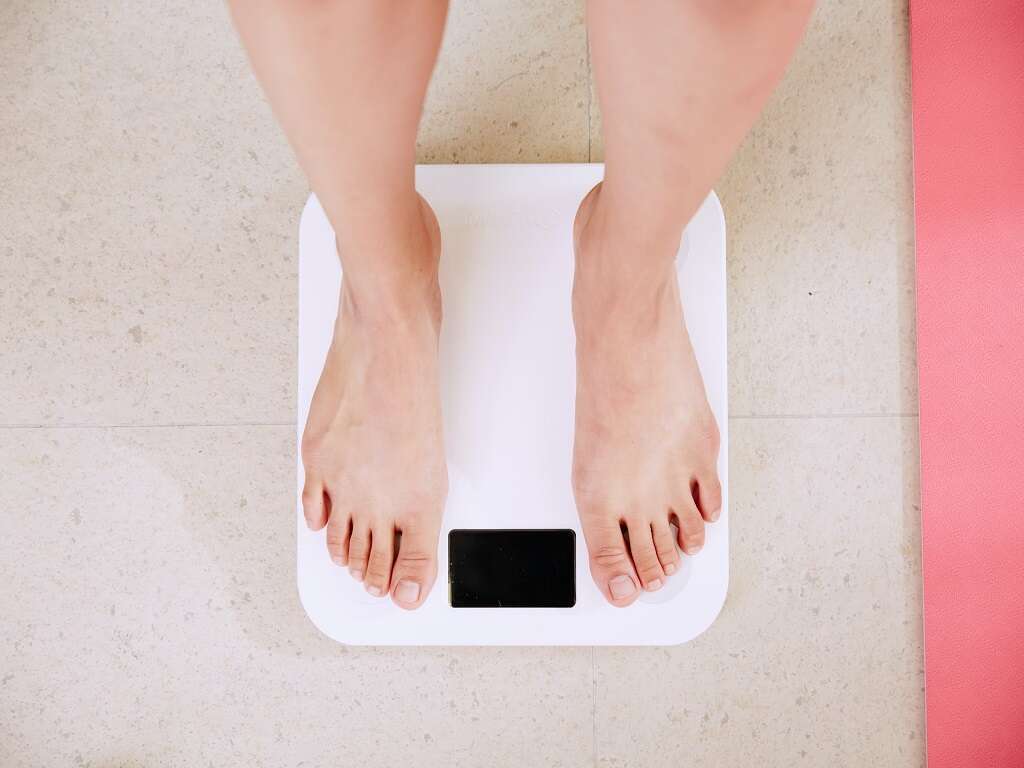What Is Orthopnea?
 Article Sources
Article Sources
- 1. Vaskar Mukerji: 'Dyspnea, Orthopnea, and Paroxysmal Nocturnal Dyspnea.' Clinical Methods: The History, Physical, and Laboratory Examinations. 3rd Edition. 1990, https://www.ncbi.nlm.nih.gov/books/NBK213/
- 2. 'Pulmonary edema.' Mayo Clinic, https://www.mayoclinic.org/diseases-conditions/pulmonary-edema/symptoms-causes/syc-20377009
- 3. Rakesh K. Pai, MD, FACC; Martin J. Gabica, MD; E. Gregory Thompson, MD; Adam Husney, MD; Stephen Fort, MD, MRCP, FRCPC: 'Heart Failure Symptoms.' UMHS Michigan Medicine, August 31, 2020, https://www.uofmhealth.org/health-library/tx4082abc
- 4. Biykem Bozkurt; Douglas L. Mann: 'Shortness of Breath.' AHA Journals, July 15, 2003, https://www.ahajournals.org/doi/10.1161/01.CIR.0000075956.36340.78
- 5. Cara Martinez: 'Shortness of Breath: When to See Your Doctor.' Cedars-Sinai, September 30, 2019, https://www.cedars-sinai.org/blog/shortness-of-breath.html
- 6. 'Heart Failure: Risk Factors.' University Health Care System, https://www.universityhealth.org/heart-failure/risk-factors/
7. Management
Individuals with orthopnea may attempt to manage the problem by propping up their upper body with pillows or sleeping in a sitting position. But treating the root cause of this breathing condition is the best way to obtain lasting relief.
Identifying the source is essential for effective management. For example, obesity-related orthopnea can be alleviated with a successful weight loss program. Once a diagnosis of the underlying cause is made, the individual’s medical provider can establish an effective treatment and management program.
Advertisement











